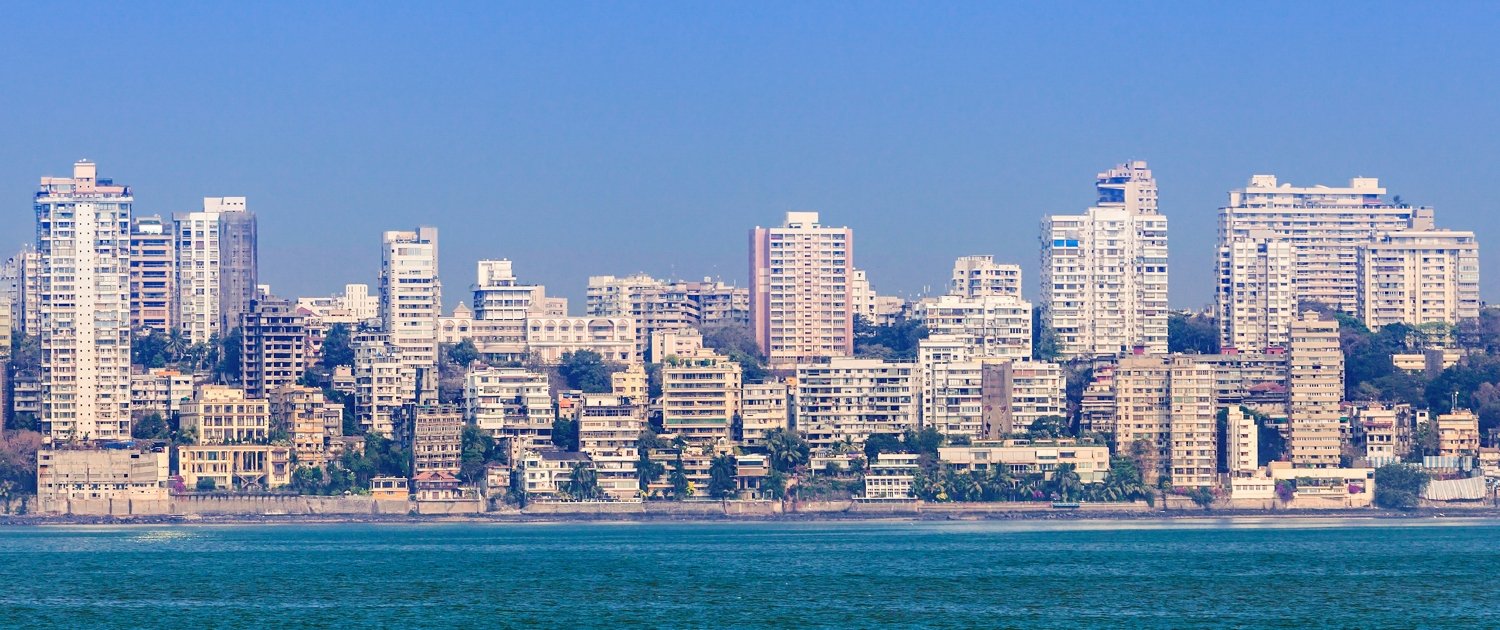What are the positive and negative impacts of rapid development in India?
Positive impacts of rapid development in India
Social
- More people have access to clean water and medical care.
- In some areas, TNCs provide support to local communities by encouraging entrepreneurial opportunities providing goods for people to sell.
Economic
- More money is available to improve people’s quality of life through greater tax income from the growth in economic activities.
- Wages have increased.
- Some TNCs employ tens of thousands of people.
Environmental
- Income from increased economic activity is now spent on protecting the environment. For example, India’s forest cover has increased since 1990. India recorded a one per cent jump (8,021 square km) in overall forest and tree cover between 2015 and 2017 despite population and livestock pressures.
Negative impacts of rapid development in India
Social
- India’s growing demand for housing and infrastructure cannot be met. Almost a quarter of people in urban areas live in slums.
- Claims of exploitation have been made against some TNCs.
- Poor working conditions can reduce a worker’s quality of life.
Economic
- As educated people move from rural to urban areas there is a brain drain.
- Profits from some TNCs leave the country.
- Some TNCs chase financial incentives to move to different areas. Some companies have relocated when tax breaks have ended.
Environmental
- There has been a significant increase in demand for energy in India. Air pollution and greenhouse gas emissions have increased as industry and transport have developed. Ten of the most polluted cities in the world are located in India.
- Land and water pollution has increased as a result of rapid urban growth. Around 70% of India’s raw sewage flows untreated into rivers and streams.
- Some TNCs have caused considerable environmental damage.
Related Topics
Use the images below to explore related GeoTopics.



